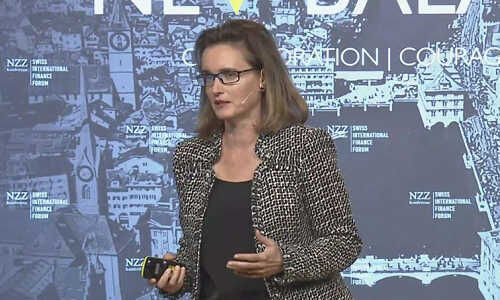Finma’s chair gives details on the Swiss financial regulator’s «suptech strategy,» while explaining the challenges in today’s banking environment.
«Data and technology form the foundation of future regulatory supervison,» Marlene Amstad said at the Swiss Bankers’ Day according to prepared remarks. In support of this, the Swiss financial regulator has made it one of its key strategies to increase the use of technologies in-house to make its internal operations more efficient and effective.
Switzerland is already home to Seba and Sygnum, which are two fully licensed banks, specialized in managing digital assets. So far Finma has been a pioneer in creating a regulatory framework for industry disruptors. Its latest addition to a raft of blockchain rules was a special license for digital trading venues, which was approved last month.
«New Risks New Rules»
An area the regulator said is likely to grow in the next few years are applications from so-called disruptors. These are businesses which harbor new risks and therefore require new rules. Currently only 20 percent of the applications fall into this category, she said.
It is the economic function of a business and not its technology which should be the decisive factor in establishing whether a new regulation is required, Amstad said.
«Substance over Form»
Finma dealt with Facebook-backed Diem in the same way. The project raised the question about how stablecoins should be regulated. «Our response was that a separate regulation was not necessary,» she said.
Amstad, who took over as chair of Finma this year, spent two years lecturing economics and finance in Shenzhen at the Chinese University of Hong Kong and was a co-director at the university’s center for financial technology and social finance. She has been a titular professor at the University of Bern since last year.



































